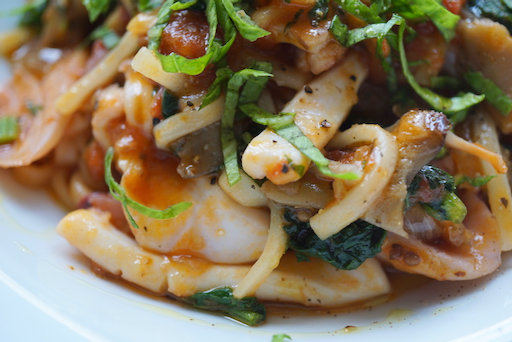I will turn the next part over to her
Ingredients
1/2 cup milk
3 Tbs. sugar
2 tsp. salt
3 Tbs. butter
2 packages yeast
1 1/2 cup warm water
4 -6 cups bread flour
for the filling:
1 tub of Philadelphia cream cheese with chive
Directions:
Combine the milk, sugar, salt and butter in a sauce pan and heat up until the milk is scalded and the other ingredients have melted or dissolved. Add the water and let the mixture cool. Add 4 cups of bread flour and yeast to a stand mixer. When the milk mixture has cooled add it to the flour while stirring on speed 2 with the bread hook. Add more flour as needed to make a smooth workable dough. Put dough in a bowl and coat the surface with vegetable oil to keep it from drying out. Let rise until doubled.
Form the muffins by punching down the dough. I weighed the dough and decided to make muffins weighing 2 1/4 or 63.78 grams. With this dough I got 20 muffins. I then used a small ice cream scoop for the cream cheese and made 20 balls weighing about 11 grams. I folded the dough over the individual cheese balls and placed the muffins in a heavily greased pyrex baking dish. I baked them at 400 degrees for 18- 20 minutes or until they sounded hollow when tapped.
These muffins were pretty good. As usual an air space developed above the cheese. I fully expected the cheese would melt into the bread but was surprised to find it sitting there about the same consistency as when I put it in the dough. (Made me wonder what the cream cheese was actually made of). The bread was good as always and the cream cheese flavor was very pronounced. But I have to say in all honesty the easiest thing to do in the future if we want this flavor combination is just to make the muffins and smear the cheese on with a butter knife.































